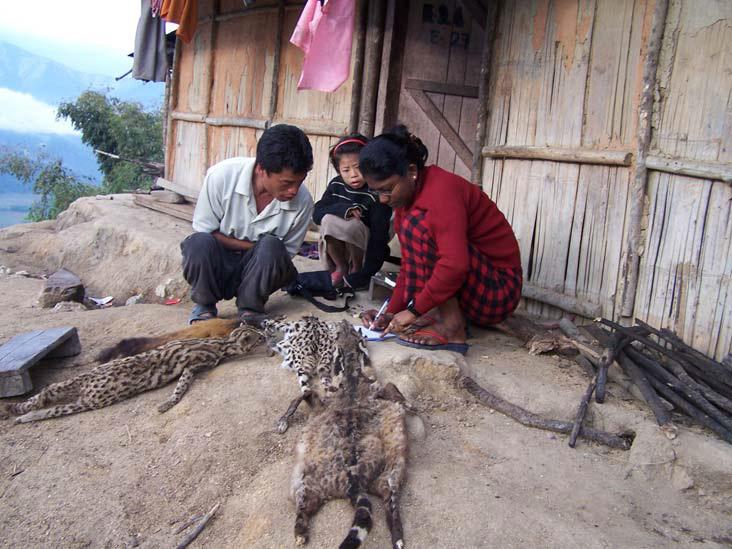Ambika Aiyadurai
Other projects
14 Nov 2012
Traditional Ecological Knowledge in the Mishmi Hills: Implications for Wildlife Conservation in the Eastern Himalayas, India
Through this project, I aim to understand and quantify the intensity of hunting and assess its impacts on wildlife populations in the state.
Arunachal Pradesh in north-east India is located in the Eastern Himalayan global biodiversity hotspot. The region is rich in wildlife and includes several fascinating, rare or little-known species. Arunachal Pradesh is also home to 26 tribes who are primarily agriculturalists and hunter-gatherers, mainly dependent on shifting cultivation. Hunting is regarded as a serious threat to wildlife throughout Arunachal Pradesh.

Wildlife is hunted for food, supplementary income, sport, medicine, rituals, and also to protect cattle and crops. Certain species are hunted for lucrative body parts. Although hunting is widespread in Arunachal Pradesh, there is a lack of understanding of its extent, scale, ecological impacts, and its socio-cultural reasons. In the last decade, there is an increase in human populations accompanied by rapid changes in lifestyle and economies of the tribal communities.
The study aims to generate a strong scientific baseline on the extent of hunting, assess the motivations for hunting, off-take rates and impacts of hunting by tribal communities in Arunachal Pradesh. Attempts will be made to understand changes in hunting patterns and practice through a comparison across three generations of people. The results of this study would lead to the development of appropriate locale-specific conservation strategies to address this important conservation issue in Arunachal Pradesh.